Delegation paves the way for new research collaborations with the US
In May, a delegation from KTH participated in a successful trip to the United States. During the trip, the group visited several universities and research labs in the eastern United States. The delegation included management representatives and partners.
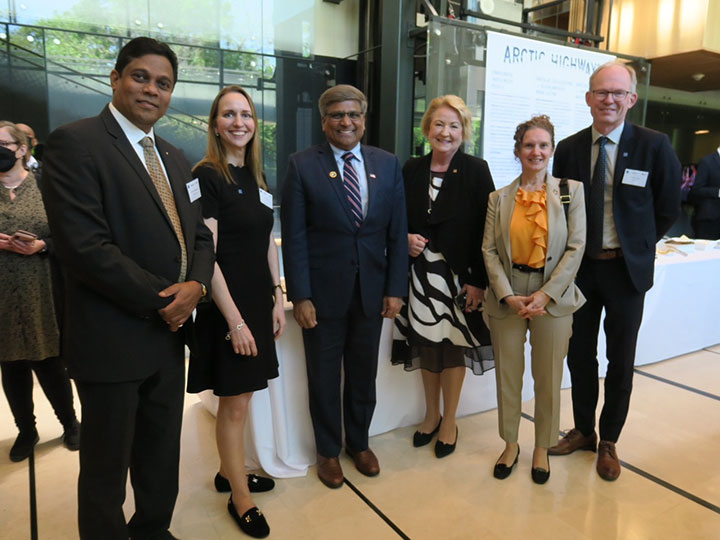
The 28-strong delegation included 24 representatives from KTH, with the remaining four from City of Stockholm and collaboration partners. KTH representatives were management and department heads, researchers and those responsible for larger centres, as well as operational support with special responsibility for international co-operation, alumni work and student exchanges.
The purpose of the trip was to encourage and support research collaboration and co-operation with universities, companies and wider society.
“The trip was extremely successful. It gave us new contacts and led to new ideas for collaboration between KTH researchers. We hope to be able to repeat this in a similar form to other places in future,” says Lina Bertling Tjernberg, Director of the Energy Platform.
Innovation projects showcased
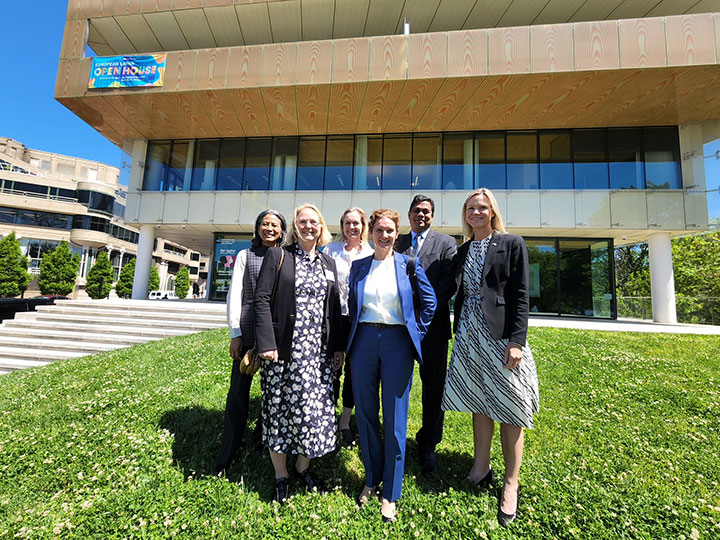
The first stop was Washington DC for a two-day meeting at House of Sweden with the Swedish Embassy. Almost 100 people were registered for the opening conference entitled The Stockholm Model. A number of national centres and initiatives were highlighted, including Viable Cities, KTH Live-In Lab, Digital Futures and Senseable Stockholm Lab, as well as the Wallenberg Autonomous Systems and Software Program, WASP. A session was also held on the role of the power grid for sustainable energy supply of the future, with examples drawn from a long tradition of co-operation with the power industry.
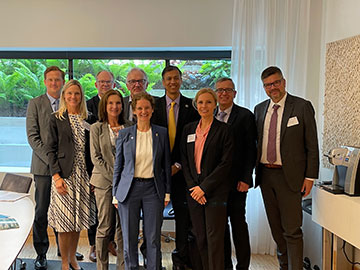
“In the Stockholm Model, we spoke about several large centres and initiatives based on collaboration and where KTH has a leading role in collaboration with business and cities. For example, Viable Cities, which has its origins in the Energy Platform with director Olga Kordas, has been a key driver in the development of tomorrow’s climate-neutral cities where energy supply is a crucial aspect,” says Bertling Tjernberg.
Participants were from different universities in the US, embassies, research funders and industry. During the visit to Washington, presentations were also made by the National Science Foundation (NSF) and the Defense Advanced Research Projects Agency, DARPA.

“Contact with NSF may be particularly important in the future to find new funding opportunities for future research collaborations, where companies such as Ericsson and Saab are also set to become important partners.”
The meetings were also attended by representatives from Ericsson, Saab and Alfa Laval, among others, as well as a number of American companies and representatives from the EU and a number of different US universities.
Purdue: a hub for the aerospace industry
The delegation then split into different groups to make several separate visits to universities and research labs in the eastern US. Each location had its own co-ordinator and Bertling Tjernberg was responsible for the visit to Purdue University together with Johan Blaus, Director Strategic Partnerships and Business Co-operation.
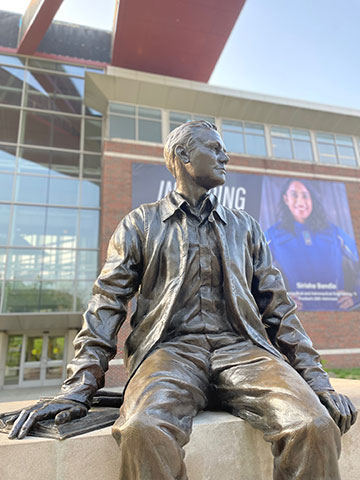
Purdue University is ranked among the leading US universities in several areas and was Neil Armstrong’s alma mater. More than 30 US astronauts studied there. Purdue still plays an important role in the US aerospace industry. It conducts research on aerospace technology and the campus has its own airport. Saab and Boeing are among the companies that are involved in projects here.
“It was difficult not to be impressed by the opportunities available at Purdue to conduct full-scale research. Many universities in the US own their own land and have substantial resources and great opportunities to implement and test innovations. We visited the airport on campus, which is impressive due to the number of aircraft available for student training and a hangar that is available for the testing and development of drone technology.”
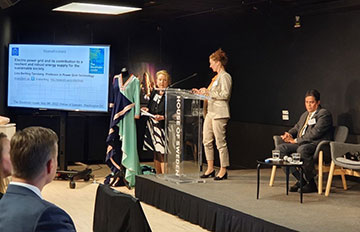
Topics covered during the visit included technology and research for the future electrification of air traffic and the development of cyber security. One of the lessons was how far Purdue University has come in the development of lifelong learning, explains Bertling Tjernberg.
“It was inspiring to see how far they have come in their development of various programmes in collaboration with industry.”
During the trip, the Royal Swedish Academy of Engineering Sciences (IVA) published its 100 List, which included five KTH projects. Participants on the delegation trip included researchers with projects on the new list and previous years’ lists.
“It was fun to discover that we were on the 100 List, and the fact was that we had already started to discuss collaborations in which the Energy Platform can make an important contribution to strengthening the knowledge and competence in the energy field,” says Bertling Tjernberg, whose GreenGrids-Flex project was on this year’s list.
Text: Magnus Trogen Pahlén
